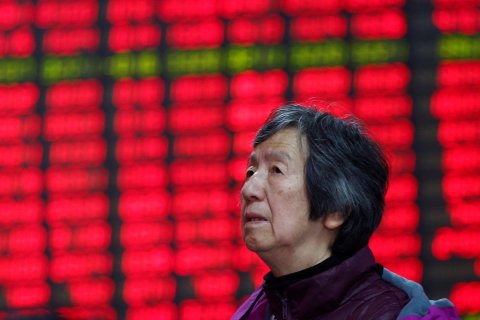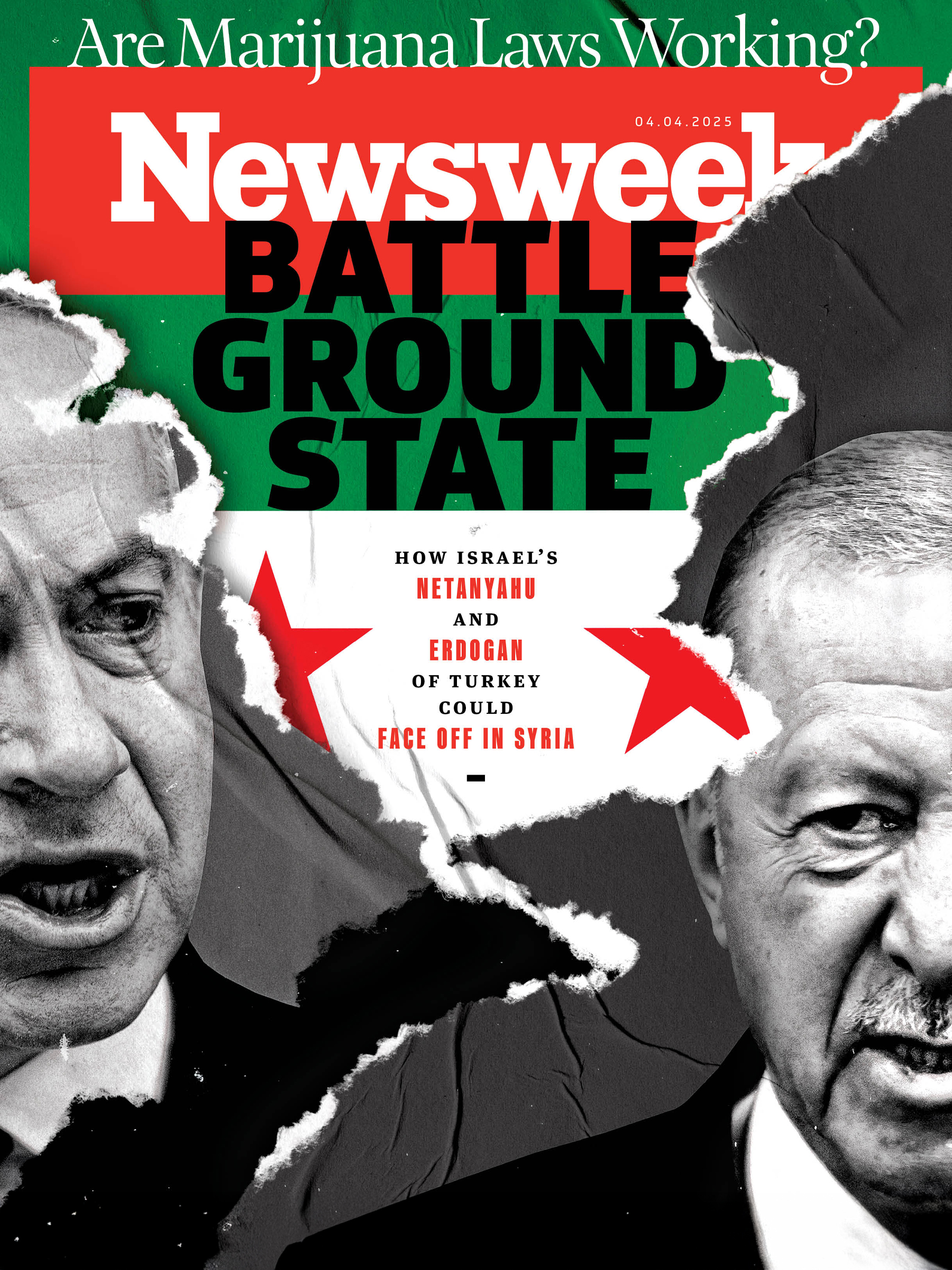
In the weeks since Donald Trump was elected, the behavior of U.S. financial markets—and of the stock market in particular—has represented the triumph of hope over common sense. The steady melt-up of the main stock indices to all-time highs is rooted not just in a slowly improving domestic economy, but in optimism: hope that Trump will, as promised during the campaign, cut corporate and individual tax rates; repatriate billions of dollars that companies now stash abroad rather than invest at home; invest a trillion dollars in infrastructure; and deregulate large swathes of the economy—all policies that most of corporate America loves.
But less than two weeks before his January 20 inauguration, financial markets also reflect something else: apprehension. Thanks to the expectations of what Trump-o-nomics will bring, U.S. interest rates have quickly ratcheted higher—the rate on a 10-year U.S. Treasury note is now 2.4 percent, compared to 1.8 percent a day before the election—and so has the value of the U.S. dollar. This has put particular stress on emerging market economies—China in particular—to defend weakening currencies.
Up to a point, economists can argue that those facts are also rooted in optimism: A stronger U.S. economy driven by policies designed to ramp up growth will inevitably lead to higher interest rates; there will be more demand for capital as business seeks to invest, and stronger growth will lead to an uptick in inflationary pressures. And higher interest rates means more investors worldwide will seek to invest in the U.S., driving up the value of the dollar.
But we have seen this movie before, and it doesn't necessarily end well. In the U.S., a combination of tighter monetary policy—the Federal Reserve itself has said it's likely to raise rates two or three times this year—and a loose fiscal policy has consequences. One of them is a dollar that rises to such an extent against other currencies that it becomes a genuine problem for U.S multinationals that do big business abroad, because revenue booked abroad is worth less in dollar terms. In the past, that policy combination has meant that the dollar "overshoots," as economists say, to the upside—it appreciates too much relative to where economic fundamentals say it should be, and the result is that U.S. corporate earnings inevitably suffer. Precisely this happened during the Reagan administration—the era that Trump's most ardent fans believe resembles today. The early- to mid-1980s became known as the "Super Dollar era," as the dollar appreciated significantly against both the Japanese yen and the German deutschemark, then the U.S.'s most significant trading partners.
Not surprisingly, the U.S. trade deficit skyrocketed, as imported goods became more price competitive and U.S. exports suffered abroad. The era ended only when then-Treasury Secretary James Baker convened a summit at the Plaza Hotel (which, in a nice historical irony, Donald Trump would one day own), which resulted in a huge, managed appreciation of the yen against the dollar.
Outright Trade War?
What does this have to do with today? Trump did vow during the campaign to bring down the U.S. national debt, but the odds of that actually happening are long. He wants to cut both corporate and individual tax rates, increase defense spending and build out national infrastructure. The only way to have a prayer of doing this without blowing out the budget deficit is to reform entitlement programs—Social Security and Medicare—which House Republicans are all for. The problem? Donald Trump isn't. He has no enthusiasm for cuts in entitlements. So connect the dots: The budget deficit is likely to explode higher, which in turn means the U.S. will have to borrow more from abroad to fund itself, which likely means further upward pressure on the dollar. And that is likely to drive up the trade deficit, just as it did in the Reagan era—something Donald Trump most certainly does not want to happen, given how he campaigned as a trade warrior.
Here's where Trump-o-nomics arguably could turn calamitous. Consider what's happening in China right now: Despite Trump's constant harangues about China "manipulating" its currency (he means keeping it artificially low relative to the dollar to gain a trade advantage), the Chinese central bank is now desperately trying to maintain the current value of the renminbi (RMB) against the dollar. Thanks to a weakening domestic economy and a stronger dollar, Chinese investors are hustling money out of their country and into dollar-based assets. China's massive foreign exchange holdings dropped $70 billion in December to their lowest level in six years, and the pressure is intensifying—partly because of fears of devaluation. Yu Yongding, a former advisor to the People's Bank of China (PBOC), rattled markets at home recently when he said the RMB cannot be allowed to depreciate more than 25 percent this year. Investors took that to mean that the current PBOC effort to prop up the RMB will ultimately fail—and that devaluation is inevitable.

That means Chinese imports are likely to increase—not decline, as Trump would like. Given the politics in Washington, that makes an outright trade war with China all but inevitable. Already, the Beijing government has leaked word than any effort in the U.S. to discriminate against Chinese goods will result in problems for U.S. multinationals. The government is already quietly threatening anti-trust and tax investigations against them, and privately many U.S. firms are already quaking in their boots.
A trade war between the world's two largest economies is not a policy outcome that any sane policymaker should seek. Yet the array of policies that the Trump administration seeks all point in that direction. At some point, stock investors in the U.S. will notice that, and the current "melt-up" will turn into the exact opposite.






